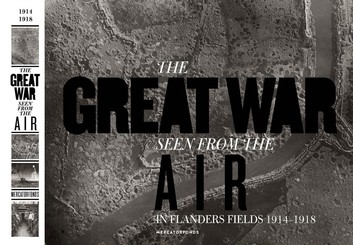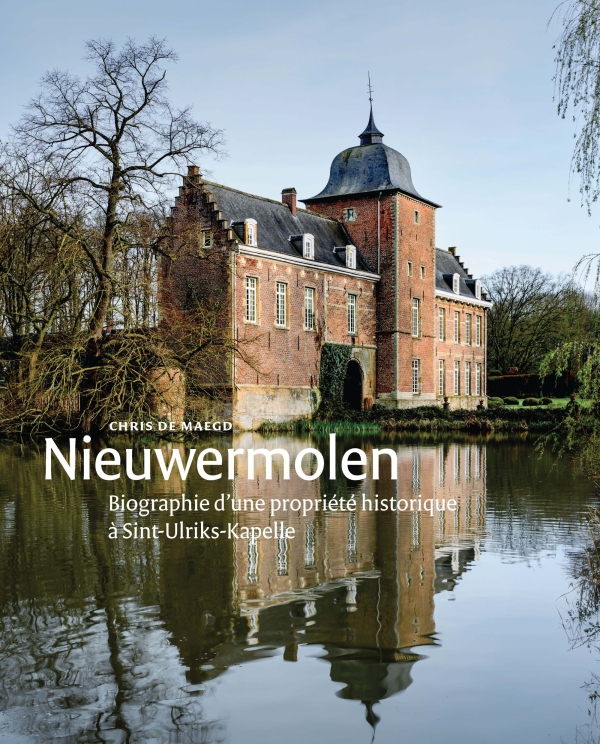The Great War Seen From the Air. In Flanders Fields 1914-18
Birger Stichelbaut en Piet Chielens
"The Great War Seen From the Air. In Flanders Fields 1914-18" added to shopping cart!
Check shopping cartAUGUST 1914 saw the outbreak of the First World War in Europe. What was initially expected to be a short, fastmoving conflict soon became bogged down for years in the trenches of the Western Front.
The new and perilous technique of aerial photography swiftly established itself as an indispensible tool of military intelligence.
Such images supplied invaluable information about the enemy’s positions and intentions. The same photographs also offer later generations a unique insight into the war, highlighting the development of trenches, artillery positions, bunkers, railway lines, airfields and medical evacuation routes. They provide a detailed record of how the hostilities progressed, kilometre by kilometre, and reveal the appalling damage inflicted on the landscape around the front. Only now, however, have these unique documents been studied for the first time.
In collaboration with Mercatorfonds, the In Flanders Fields Museum, Ypres, the Imperial War Museum, London and the Royal Museum of the Armed Forces and of Military History, Brussels, have pooled their expertise to present 129 case studies in this unique and pioneering book. Birger Stichelbaut and Piet Chielens use aerial photographs, maps and historical documents, as well as photographs taken from the ground, to present with unprecedented accuracy the physical extent of the First World War and its dramatic impact on the landscape of Flanders Fields. Informative transparent overlays help us interpret the aerial photographs: where were the front lines; how were anti-aircraft batteries concealed; and how did the fighting alter the landscape?
This illuminating volume makes a new and important contribution to the historiography of the First World War.
BIRGER STICHELBAUT is a postdoctoral researcher based in the Archaeology Department of Ghent University.
PIET CHIELENS is coordinator of the In Flanders Fields Museum in Ypres.
OVER 500 ILLUSTRATIONS, 352 PAGES + 80 TRANSPARENT OVERLAYS








